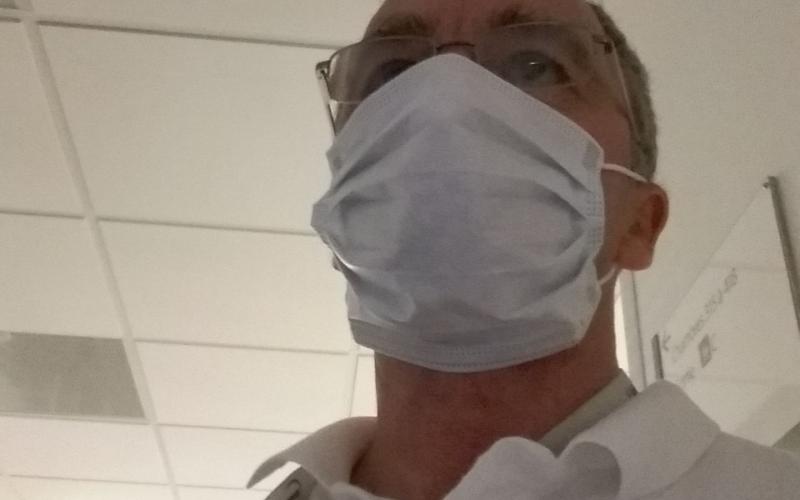When Software Development Leads To Intensive Care

What's this all about?
It’s all very well gathering requirements for a system from a customer in workshops and meetings, but there is no substitute for experiencing the working environment.
The QPData system we developed for Pall Corporation manages the traceability of water filters in hospitals. These filters remove bacteria from water at the point of use - e.g. the tap or shower itself. The system allows the location of each filter to be recorded, and the installation date/time for each filter to be logged, so that worksheets can be downloaded to an iPhone and filter changes recorded using a bluetooth-connected scanner.
Given the above overall description, I’m sure most of us can design a system which will do a good job - and I think we’ve done so.
A technical note. Running on iOS devices, the application was written using Xamarin and - among other features - communicates with an industrial-grade 2D scanner via bluetooth.
We’ve learned some lessons along the way, some of which I should have anticipated - and I regard myself as being a very practical, concrete-thinking analyst. But it was time to take the opportunity to see the system in an operational environment, so the training session was timely and useful.
So this is how I find myself wearing a surgical mask on a neonatal intensive care ward in France.
What have I found out along the way?
The system needs to be quiet
A seriously ill patient (and of course it’s seriously ill patients who need infection control which extends to filtering the water at the point of delivery) was sleeping when we enter the room. In version 1 of the system, scanning produced a loud BEEP which was intrusive.
Luckily there was a simple - and free - solution. Put your thumb over the speaker when scanning (we’ve improved on this since then - with proper volume control).
The hardware needs to be small
One can spend appreciable time getting dressed and undressed in this job. On some wards, technicians have to fully change into surgical scrubs before entering.
So the hardware has to fit into a lightweight pocket.
Normal operation should be hands free
Even if not fully changing, a lot of wards require the wearing of a surgical gown over normal clothes - meaning it’s hard to get at pockets.
To take this into account, the system is designed to communicate success/failure with (quiet) sounds, with the iPhone remaining in a pocket and the technician only needing to use the scanner.
The system is not the centre of the user's universe
The technician spends most of his time gowning up, changing, unwrapping new filters and performing the very practical aspects of the job. The system is only a small part of the job, and needs to work without getting in the way.
And this training visit?
Having provided the initial training when the system was commissioned, I was back to be on hand for the first filter changes 30 days later. All went smoothly - partly due to the well run team at the hospital service company.
On a personal level, it was as usual good to see our systems in operation and to pick up on subtleties on how they are used, but also great to see them in support of the very small and very ill.
